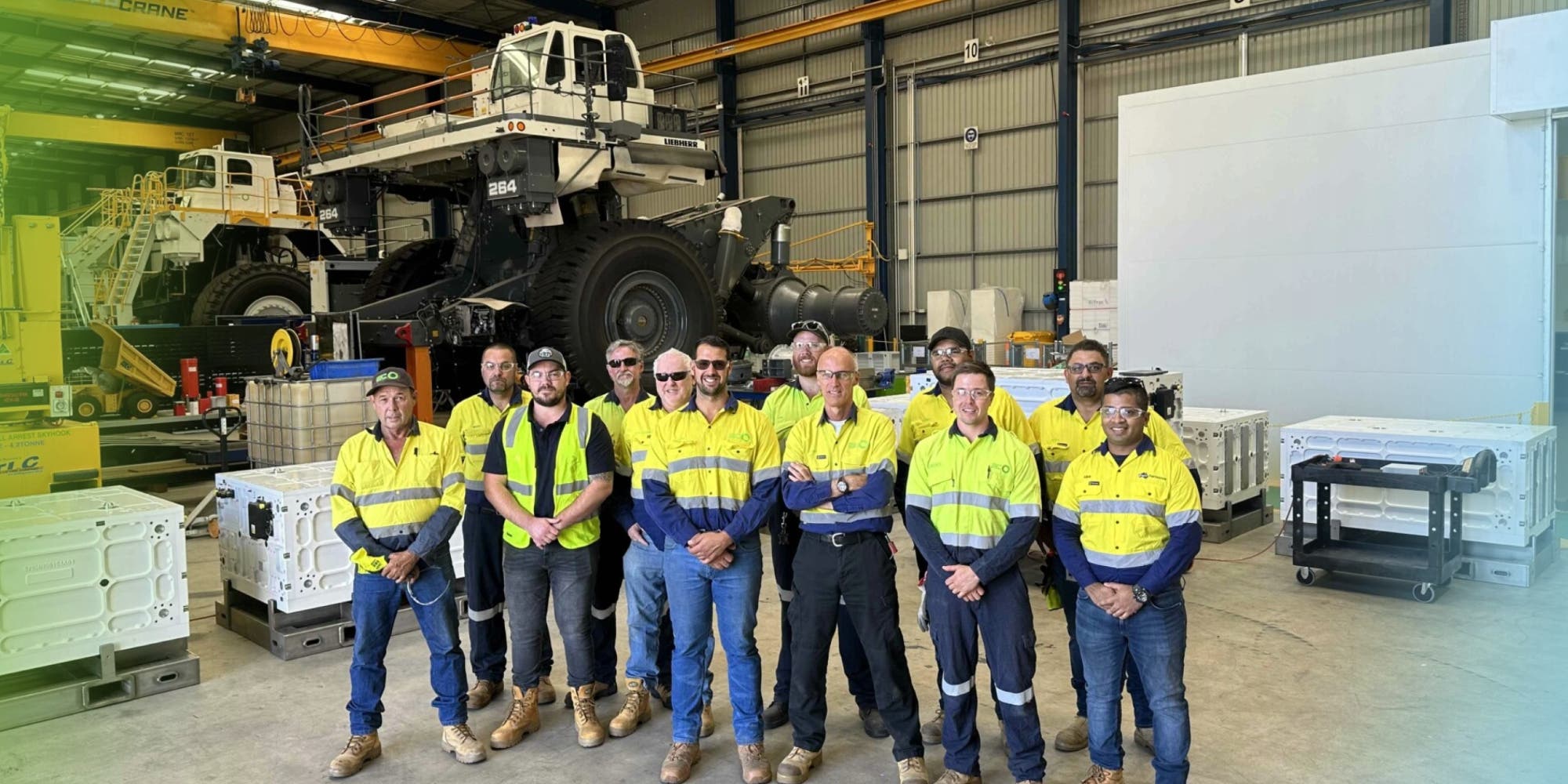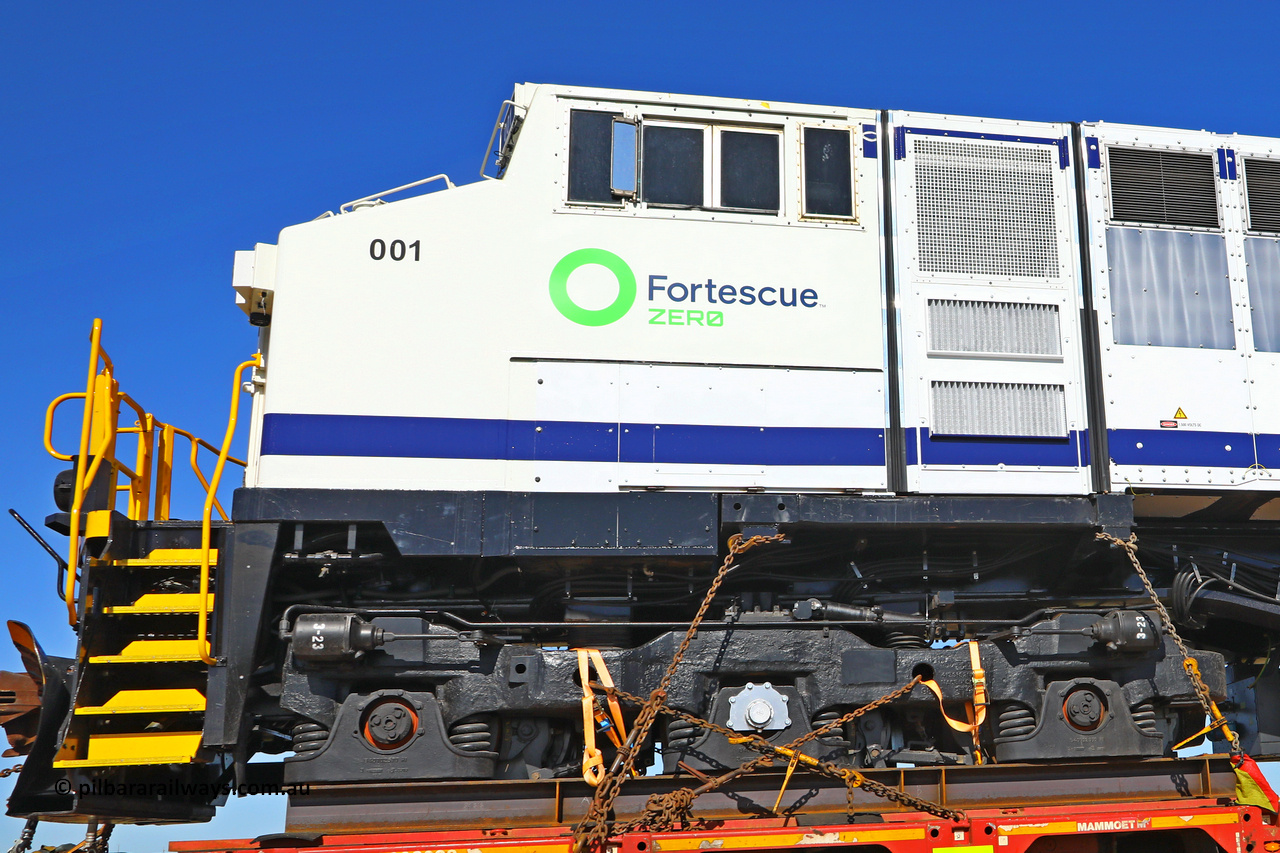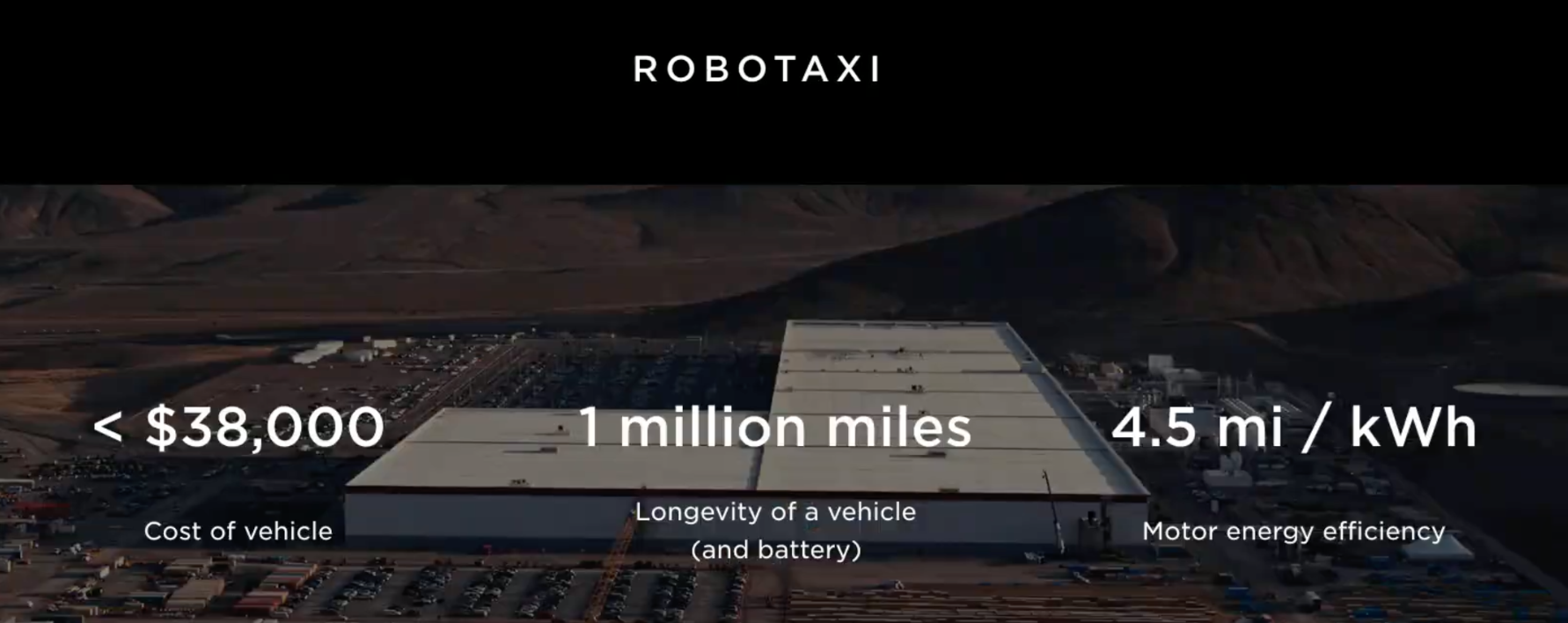Support CleanTechnica’s work through a Substack subscription or on Stripe.
Last month, Dr Andrew Forrest announced significant partnerships with BYD, Longi, and Envision to fight against climate change. He was in New York, attending the UN and taking part in New York’s climate week. Dr Forrest is an Australian billionaire and the non-executive chairman of Fortescue Metals Group. You can read about his call for “net zero” and some of the practical steps he has taken here.
He declares that the fight against the catastrophic impacts of climate change requires collaboration between countries, industries, and economic sectors. He is pushing for partnerships that will accelerate industrial decarbonisation by building an energy system that “outcompetes and out prices fossil fuels.” And he is doing it in an industry which has long been declared hard to decarbonise. “You can’t do that!” “Yes, we can!”
“The fight against climate change cannot be won by one country, one company or one continent alone. It requires collaboration across borders, supply chains and industries.”

By 2030, Fortescue is aiming to reach real zero, by “linking the Pilbara’s world-leading operational expertise, America’s and Australia’s research and development strength, the UK’s and Europe’s innovation and engineering excellence and anchoring it all with scale and cost-efficient manufacturing capability in China and the US. Together, this creates a powerful multilateral network of commercial cooperation to accelerate decarbonisation and defeat mankind’s greatest threat — global warming.”
Fortescue is partnering with BYD — not just the world’s largest manufacturer of electric vehicles, but also of batteries and energy storage systems. While BYD will supply energy storage solutions, Longi is one of the world’s largest solar technology companies and will supply its photovoltaic modules and solar technology. Solar has proven itself to be the lowest cost form of green energy generation. Envision will supply advanced wind turbine technologies for diverse energy sources.
These power sources will recharge battery electric haulage trucks supplied by XCMG of China and Liebherr of Germany. Liebherr’s T 264 trucks are already helping to decarbonise Fortescue’s mining fleet in Virginia in the United States. XCMG is expected to supply up to half of Fortescue’s future fleet of 300 to 400 zero-emissions 240-tonne haul trucks from 2028 to 2030. Liebherr is expected to provide the other half of the fleet, as well as electric excavators from its manufacturing facilities in the USA.
Fortescue Zero delivers technology solutions through world leading research utilising the Colorado Technology Hub in the United States, advanced technology collaborations with CSIRO in Australia and its R&D centre at Oxford in the United Kingdom.
Spanish company Nabrawind will supply Fortescue with its innovative self-lifting tower design. This design facilitates turbines (to be supplied by Envision) to be installed at greater heights (up to 188 metres) in the Pilbara (Western Australia), capturing stronger winds and generating more power. Fortescue has acquired 100 percent of Nabrawind. Envision will supply its EN 182-7.8 MW turbines for Fortescue’s inaugural wind project. These turbines are engineered to perform in a full range of wind conditions, from low wind to cyclonic conditions. The first turbine is slated to be installed next year.
A recent study published in the journal Nature attributed deadly extreme heat events to carbon emissions generated by 180 of the world’s largest fossil fuel and cement producers. One of the takeaways from the report is that “source attribution could help power litigation…. Some of these extreme heat events would have been virtually impossible without climate change,” the researchers at the university ETH Zurich in Switzerland have concluded. A previous study suggested “that 111 carbon majors are responsible for $28 trillion in global economic losses stemming from extreme heat over the period 1991 to 2020.”
Researchers Christopher Callahan and Justin Mankin state: “If you have made contributions to emissions, you have made contributions to extreme heat.” Lawsuits are currently underway.
While not an emitter at this level, Fortescue is aiming to be part of the solution, not the problem. Fossil fuel reliant industries face growing legal, regulatory, financial, and reputational risks. The need for practical decarbonisation is urgent. I see the work of Fortescue as not only progressing its own growth and profit but also setting an example for other “hard to decarbonise” mining industries. See the recent CleanTechnica article about Rio Tinto’s efforts.
Fortescue CEO Dino Otranto says Fortescue is making progress in its bid to cut the 900 million litres of diesel it uses per year. Rapidly changing technologies give Otranto hope that “real zero” can be achieved by 2030. “(We can) demonstrate to the world that this is about economics, not just climate change.” After all, the Pilbara receives over 3000 hours of sun a year. This will enable the production of iron ore with the lowest carbon footprint in the world. Fortescue has not yet given up on green hydrogen to make green steel, but still has to solve the problem of expensive electrolysers. You can hear the full interview with Otranto here.

I’ll let Dr Forrest have the last words: “The world once benefited from open trade and cooperation — now it is divided. Fortescue is showing that industry can help glue back that multilateral spirit, not through rhetoric but through practical alliances that prove heavy industry can follow a new path — one where profits rise as emissions fall.
“China is scaling and manufacturing green technologies at unprecedented speed and our partnerships give Fortescue access to that capability. Meanwhile, through Nabrawind in Spain, Liebherr in Germany and the United States, Fortescue Zero in the United Kingdom, and Fortescue operations in the Pilbara in Western Australia, we are building a global R&D and production network.
“This is a truly multilateral collaboration that draws on the best ideas and manufacturing capacity to deliver the lowest cost energy and tackle climate change. By joining forces across continents, we are seizing the full extent of the decarbonisation opportunity and rebuilding the cooperation the world needs to address the climate crisis.”
Thank you, Fortescue Executive Chairman and Founder, Dr Andrew Forrest AO.
Sign up for CleanTechnica’s Weekly Substack for Zach and Scott’s in-depth analyses and high level summaries, sign up for our daily newsletter, and follow us on Google News!
Have a tip for CleanTechnica? Want to advertise? Want to suggest a guest for our CleanTech Talk podcast? Contact us here.
Sign up for our daily newsletter for 15 new cleantech stories a day. Or sign up for our weekly one on top stories of the week if daily is too frequent.
CleanTechnica uses affiliate links. See our policy here.
CleanTechnica’s Comment Policy




